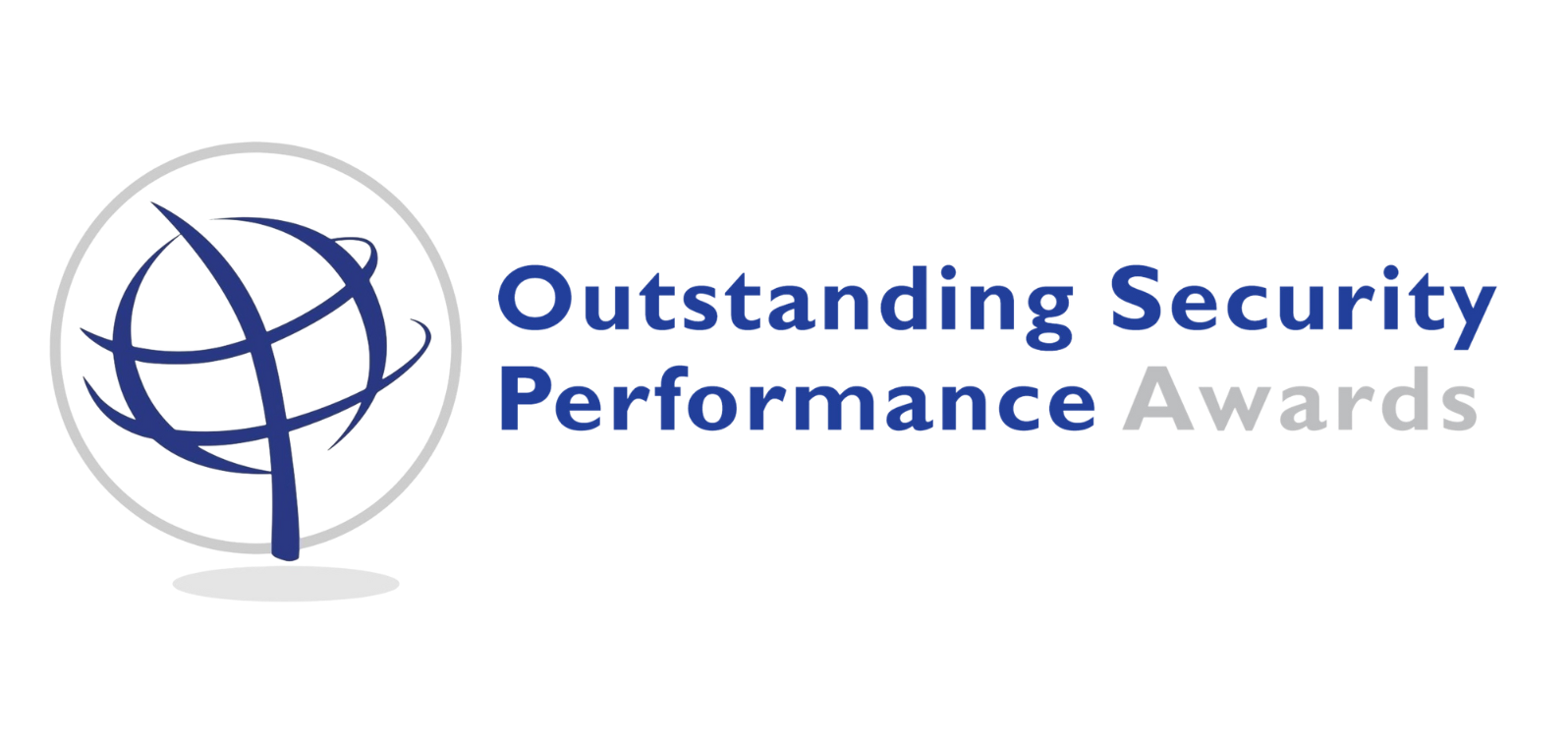
Chair: Martin Gill
Panellists:
Geoff Craighead – Vice President of Allied Universal (US)
Parnell Lea – Director, Security & Life Safety at Brookfield Properties (Canada)
Jody Reid – Security Manager at The Bow, H&R REIT (Canada)
Charles Swanson – Security and Risk Management Consultant (UK)
Key points
Jody Reid notes that in Canada incidents of Covid-19 are increasing, that likely signals the need to adapt, again. At the start of the crisis his company developed plans for office workers returning to work but there has been a constant need to adapt and it is still unclear how things will evolve. Of the many things he is having to consider you will hear him discussing the need to motivate staff. The reality is that security staff have been frustrated, they have to use public transport to get to work, much of the management infrastructure has disappeared and of course their work has been disrupted. Jody outlines ways in which adjustments were made, in making the most of regular communication channels but adding zoom meetings to speak personally to staff, making a specific point of listening to staff, similarly making a point of rewarding them in small ways but also in saying ‘thank you’. He discusses the realities going forward, restricting numbers using lifts is doable when buildings are not being used but becomes difficult then impossible as more staff return. That said if staff don’t return different problems emerge including the risks associated when the homeless and vulnerable move in. Security (and others) are needed to manage that but justifying the costs for them will become testing when there are no tenants to pay the bills.
Geoff Craighead discusses a range of threats the crisis has generated, many Health and Safety related, for example in the use of elevators and stairways which are confined areas, touching access devices, albeit he notes that touchless technologies are not always appropriate. For security staff there is a need to manage verbal abuse and intimidation from those who don’t and won’t comply with regulations. You will hear Geoff discuss a range of issues: the need for practice evacuations to be done differently, virtually perhaps; how different measures can be popular in the crisis such as swing doors (without door handles); the need to care for staff by highlighting to them the priority of their own safety, paying them well (which good clients are supporting) and echoing the point made by Jody in ensuring they receive thanks from senior personnel. He too raises the issue of the viability of commercial buildings going forward.
Charlie Swanson emphasises the need now for security experts to think like criminals; responding to Covid-19 is very much a discussion around risk management. He raises the possibilities of all types of threats including: illegal entry; cyber; fraud; assaults; robbery. He notes the specific consequence of working in different environments where staff are less spatially aware. Indeed, the lack of staff in a building creates its own risks, less workplace surveillance often means more opportunities for offenders, especially with police resources stretched and contractors often working in sub optimal conditions and in many cases themselves suffering with less resources. In discussing responses he emphasises the need for communication, at all levels.
Parnell Lea notes that at the start of the crisis his company deployed a range of resources where there was a special emphasis on managing the fears staff expressed; if staff don’t feel safe they either can’t or won’t work and a key focus here has been temperature screening. There has been an investment in touchless technologies which were already being considered and they are permanent now. Interestingly it is a non-technology measure that has been especially effective, stickers to encourage effective social distancing. However, over the 4 months a different issue has emerged; security projects are being pulled a reflection of the harsh economic climate that is operating. There are also concerns about the legal implications if someone catches Covid-19 at work.
Previous webinars have raised the specific security concerns involved in protecting high rise buildings, here we have heard that these are becoming more acute. The realities are that less use means questionable commercial viability and the implications of this of course are severe. That said there is clearly much that can be done, security ideas are flourishing, the key is then to ensure that funding is there albeit that is far from certain.
Martin Gill
28th July 2020

